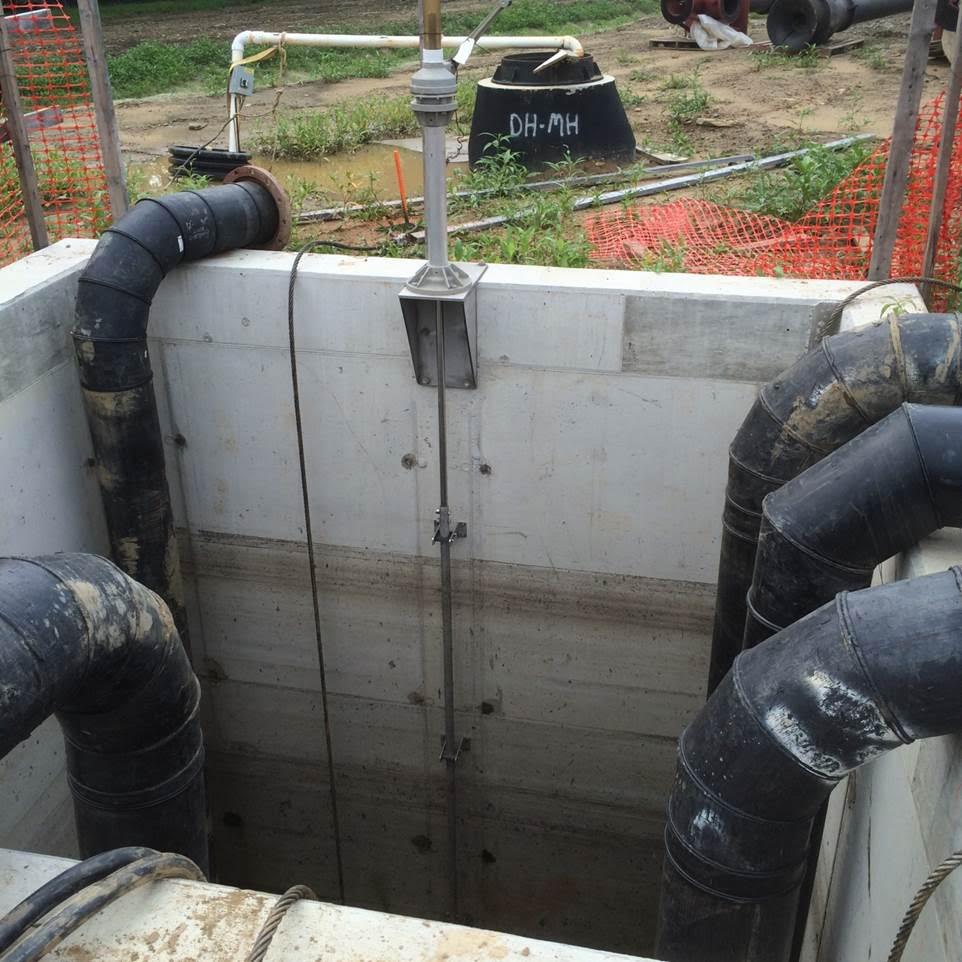By Steven Rock, Controls Design Engineer
Municipalities have long been squeamish about bypass projects during upgrades or major renovations of wastewater treatment plants. The fear of spills, violating EPA regulations, or the lack of ability to control pumping operations or the monitoring of flows is definite cause for concern.
But as the team at the Kiski Valley Water Pollution Control Authority (KVWPCA) in Pennsylvania found out, the implementation of new technology that provides accurate system monitoring and control can help to facilitate an effective and efficient bypass project. And provide peace-of-mind throughout the process.
Expansion to meet regulations
KVWPCA currently serves approximately 12,500 customers in Armstrong and Westmoreland Counties,  northeast of Pittsburgh. In January 2015, the authority began construction on a plant expansion project to help meet Pennsylvania Environmental Protection Agency requirements to increase from a 15 million gallons per day (MGD) facility to a 31 MGD facility. As part of the process, KVWPCA needed to de-commission the old influent pumping station and tie into a new influent pump station once construction was completed. The authority chose a bypass pumping project to handle the flow as the construction process was taking place.
northeast of Pittsburgh. In January 2015, the authority began construction on a plant expansion project to help meet Pennsylvania Environmental Protection Agency requirements to increase from a 15 million gallons per day (MGD) facility to a 31 MGD facility. As part of the process, KVWPCA needed to de-commission the old influent pumping station and tie into a new influent pump station once construction was completed. The authority chose a bypass pumping project to handle the flow as the construction process was taking place.
High-Tech Bypass
As the Kiski Valley authority began to map out the expansion and the influent pump station bypass component, they worked with the contractor and Xylem to identify a number of conditions that had to be met. Keeping the plant running throughout the project was imperative, and critical requirements of the bypass included:
 Build a 12’ x 12’ x 37’ bypass pumping wet well, to facilitate the bypass
Build a 12’ x 12’ x 37’ bypass pumping wet well, to facilitate the bypass- 24/7 monitoring – either manual or automated – for equipment failures
- Variable Frequency Drive (VFD) pump controls, to address a wide range of flows
- Monthly reporting to the PA DEP, requiring flow data to be captured
Xylem engineers were brought in to help determine equipment needs of the bypass project, including the monitoring and control technology. Xylem recommended and installed five Flygt NS-3301 electric submersible pumps. Since the plant didn’t have enough power to run the pumps, each pump ran off of a 104kW Godwin generator. Each generator was equipped with a 100HP Godwin Variable Frequency Drive (VFD) to handle the variations in flow. Two 24” MJK flow meters were also installed, in addition to level transducers in the wet well.
The technological linchpin of the project was a remote SCADA system that Xylem installed to drive the
monitoring and control aspect. The SCADA system received data from level transducers in the wet well, which triggered the generators and started the pumps at pre-determined levels. The VFDs then controlled pump speed to maintain appropriate system flow.
The pumps, generators, and VFDs were all installed to work sequentially. For optimal efficiency and to save energy and diesel fuel costs, each pump was only activated if increased flows called for additional pump activity. During low-flow activity, one or maybe two pumps were needed. As many as three, possibly four pumps kicked on during higher, peak-flow activity. The fifth pump was in place as a back-up, should any of the other four pumps fail. It too was programmed to kick on if needed.
Visibility of Problems Before They Become Problems
Linked together to work in tandem via SCADA, the VFDs fed real-time speed (RPM), current (AMPS), level (feet) and run data from the pumps to the display. The system parameters were pre-set at specified levels, and sent KVWPCA personnel text alerts should any parameter not be met, or if the equipment wasn’t running at optimal levels. The remote SCADA tied back to the plant SCADA, so plant personnel could monitor all activity from one control panel. Providing real-time visibility of the entire process, the remote SCADA was also accessible from any device with internet access, including a smart phone, for ultimate monitoring and control.
Cost Savings and Peace-of-Mind
A bypass project such as the KVWPCA influent pump station bypass would typically cost a municipality significant man-hours for 24/7 pump and system monitoring. Over the life of the long-term project, the technology utilized by Kiski Valley facilitated thousands of dollars in cost savings, in addition to the energy efficiencies gained by the SCADA system and the precise on/off control of the onsite equipment. The real-time advanced remote monitoring and control technology supplied and installed by Xylem also provided KVWPCA personnel, and their customers, with peace-of-mind that is difficult to monetize. It was a bypass project that was a true success and a win-win for everyone.






Comments